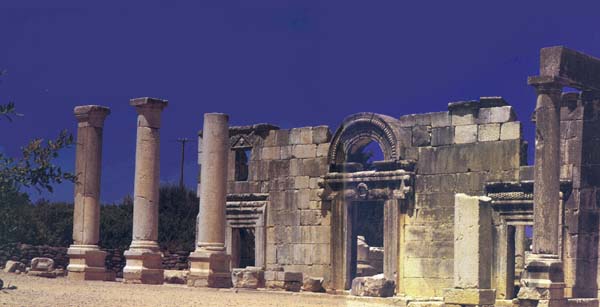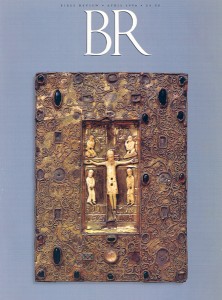
In 70 C.E. Roman legions destroyed the Jerusalem Temple, Judaism’s holiest structure and the “dwelling place of God’s name.” Despite this loss, Judaism was to survive and prosper. In the following centuries, the synagogue itself came to be seen as a “holy place.”
Does this mean, as some people suppose, that the synagogue as we know it developed after the destruction of the Temple and was, in fact, its replacement? Not exactly. Communal meeting places that we can recognize as synagogues existed while the Temple still stood, at least by the mid-first century B.C.E. The second part of the question—Did the synagogue replace the Temple?—is not so easily answered.
The origins of the synagogue are shrouded in mystery, and scholarly opinions as to its beginnings vary. Some scholars trace its development to the First Temple period, others to the Exile in Babylonia, and still others (including the author) to the latter Second Temple period in Palestine. Virtually all scholars recognize that the synagogue was a well-developed institution at least a century before the Romans destroyed the Temple. Synagogues in the Land of Israel are mentioned by the Jewish philosopher, exegete and communal leader Philo of Alexandria (c. 20 B.C.E.-40 C.E.); by the first-century C.E. Jewish historian Flavius Josephus; in the New Testament; and in rabbinic literature.
Already a library member? Log in here.
Institution user? Log in with your IP address.

